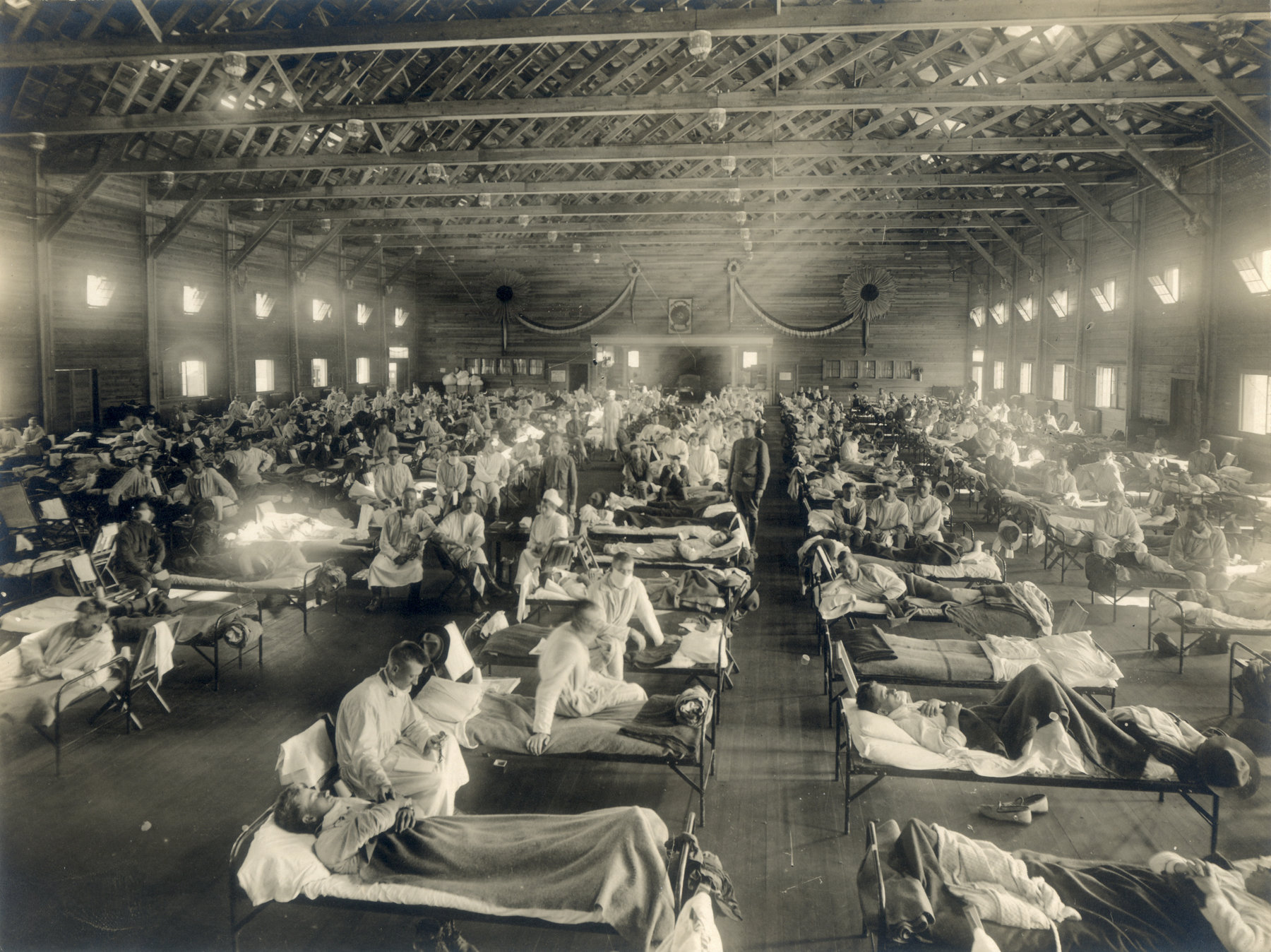What Really Causes the Flu?

Did you know that before the introduction of electricity no doctor had ever seen a case of the flu?
Influenza as we know it, did not exist until 1889 when doctors in America, Europe, Africa and Australia were suddenly overwhelmed with critically ill people suffering from a strange new disease. It seemed to come from nowhere and was instantly everywhere. This disease was influenza, and this was the first pandemic. It lasted for 4 years and it killed over one million people.
1889 was also the year that power lines filled the skies and encircled the earth and for the first time in history, high levels of electricity relentlessly coursed through the atmosphere. From this date forward, the flu would always be with us.
One of the first in a long list of doctors and researchers to connect influenza to electricity was Dr Heinrich Schweich. He observed that all physiological process of the body produced electricity particularly the nervous system and proposed that an accumulation of electricity in the atmosphere was producing the symptoms of influenza.
Schweich was followed by Dr George Beard who, in 1869, wrote a paper for the Medical and Surgical Journal describing a new disease which would attack at random and for no apparent reason. He called this disease neurasthenia, and although Beard had not yet made the connection to electricity, in a large part of the world where the term neurasthenia is still used, the cause is known to be electricity.
In 1890, in the midst of the first pandemic Dr Nowell Makenzie described influenza as a toxin to the nervous system, he claimed it was a poisoning of that system. It seemed to run up and down the nerve keyboard, jarring the delicate mechanism and causing pain and disorder. In some cases it would seize the part of the nervous system that governs the respiratory system and in others it would be the digestive system.
As you can see doctors had already begun to understand that electricity was having a profound effect on peoples health. Now let’s take a look at how the first pandemic consumed countries around the world.
In 1889 the pandemic begun in a number of wildly scattered parts of the world. Several outbreaks were reported in America, Europe, Africa and Australia. It’s important to remember that at this time, the only transportation was by horse and buggy or ship. So what was happening at sea?
In 1894 Charles Creighton describes 15 separate instances where entire ships or many ships in a naval fleet were overcome by the illness while at sea, as if they had sailed into a fog of influenza. When they finally reached land, they discovered that the flu had hit at the same time there as it had at sea. In other cases entire towns would go to bed healthy and wake up in the morning with the flu.
Back on land Dr Benjamin Lee of the Pennsylvania State Board of Health stated of this epidemic “It spreads like a flood, whole sections in an hour. It is not conceivable that a disease that spreads so rapidly, could go through the process of redevelopment in each person and be communicated from person to person.”
So if electricity in the atmosphere is in fact transmitting the flu, then animals should also be affected, and that’s exactly what happened. Reports of dogs, cats, horses, sheep, cows, mules, birds, deer and even rabbits contracting the flu at the same time as people were widespread.
Now let’s fast forward to 1992 to one of the world’s leading authorities on the epidemiology of influenza, Edgar Hope-Simpson. After a 71 year career, he concluded that the explosive nature of outbreaks could not be explained by direct contagion, the virus is produced by an environmental trigger.
So if influenza is indeed an electrical disease then it is not contagious as we know it. Still not convinced? Let’s take a look at some interesting experiments designed to prove person to person contagion.
These experiments took place during the second pandemic from November 1918 to March 1919 and were intended to prove the infectious nature of influenza. A medical team in Boston working for the public Health Service tried to infect 100 healthy volunteers between the ages of 18-25. First they collected mucus secretions from the mouth, nose, throat and broncli from flu cases with fevers. Each one of the volunteers received 6cc of this mixture in each nostril, throat and on the eye. None of them became ill.
The next experiment involved 3cc of mucus from the upper respiratory tract of the flue patients to be injected under the skin of new volunteers. The results were exactly the same, none of them got sick.
In the last experiment (and this is my favourite) blood was taken and mixed from five flu victims. Then the team injected 20cc of the mixed blood into each of the volunteers, and yes you guessed it, they all remained perfectly healthy.
So there is just one last thing to do. Let’s take a brief look at the history of pandemics.
In 1889 the powerline age ushered in the first pandemic which killed over one million people.
In 1918 the radio era began and brought with it the Spanish flu which is said to have wiped out half of the world’s population.
In 1957 the radar era began and like clockwork we have the Asian flu pandemic.
1968 was the year of the satellite as well as the year of the Hong Kong flu.
The proliferation of wireless cell phones and computers has been slightly more gradual until the 5G rollout, which was sudden and worldwide, and so was the Covid19 pandemic, which we find ourselves in today.
Can you spot the pattern?
Note: If you would like a complete picture of the flu please see the companion blog “The Surprising Job of a Virus”
